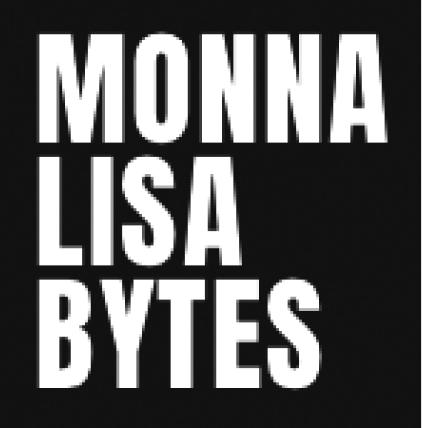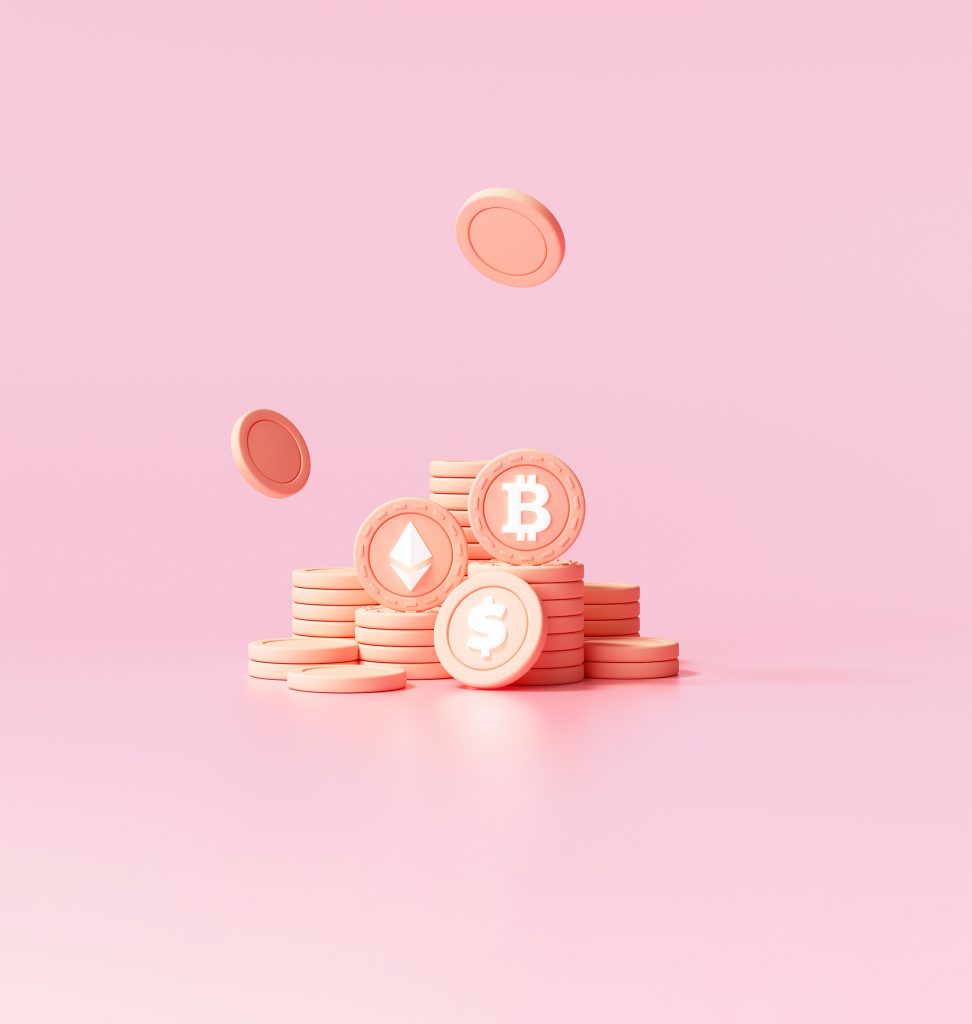“I would like to get rid of the Federal Reserve too! I would like to have money controlled by a computer.”
Milton Friedman (1912-2006), American economist and statistician and 1976 Nobel Prize in Economic Sciences
Bitcoin. On the one hand, there are those who think of it as the new, clean and democratic alternative to the banking system, a gigantic socio-economic experiment that could pave the way for a new interpretation of finance, cleared by a central control system. On the other hand, there are those who think it is just another internet bubble destined to disappear, or even worse, the first step towards a global financial meltdown. In the middle we stand, ignorant and unsure whether we are hotly debating nothing more than the latest tweet trends of Elon Musk. However, when the Bank of Singapore suggested that the new cryptocurrency could replace what has been the quintessential store of value for 3,000 years, gold, we decided to try to figure out what Bitcoin was all about. And whether it was worth trading-in the safe for a computer.
First of all, bitcoin is the most widespread type of virtual currency. All virtual currencies are also called cryptocurrency, which means that they do not exist in the world of flesh and blood. So if you try to go to the supermarket and buy a beer and a frozen pizza with your bitcoins, it won’t work. The closest example we can give you is that they are similar to an online transition. They can be used on the internet to buy goods or services, but there aren’t many stores that accept them yet. Nevertheless, some companies are starting to get interested in it. For example, from October 2020 Paypal allows its customers to trade with bitcoins.
How do they work?
Each bitcoin is a file (also called a token). To make life easier for us sons and daughters of the analog world: these files are saved in an app or a computer called a “digital wallet”. But if they were saved in your cousin’s wedding folder, together with the pictures of you dancing YMCA, it would be the same thing.
I can send bitcoins to your digital wallet, and you can send bitcoins to mine. And that’s an exchange of bitcoins. Every single transaction is recorded in a public list called a blockchain, and this makes it possible to track the history of each bitcoin, and prevent someone from spending a file that doesn’t belong to them, or making a copy, or deleting a transaction.
How do you get hold of bitcoin?
There are three ways: buy them with real money, buy them from someone else through a transaction (sell a pair of shoes on Etsy and get paid with bitcoins), or make them on your computer. And this is where it gets tricky.
Creating a bitcoin is a bit like minting currency, so not everyone can do it. The only way to “make” new bitcoins is to set up a mining rig. A mining rig is a set of supercomputers that “coin” bitcoins. If you’ve read this article you’ll know that China has begun its first battle against Bitcoin mining to avoid excessive electricity consumption. If you can’t make the connection between the concept of coinage, the concept of mining, and the concept of electricity, let’s take a step back.
To “coin” bitcoins requires very powerful computers, capable of solving complex mathematical operations in the shortest time possible. Why? Because to earn bitcoins you need to do two things. One is a matter of commitment, the other a matter of luck. First, each “miner” (that would be a computer) must verify 1 megabyte of transactions in the blockchain (these are called blocks, 1 block = 1 MB). This is the easy part. In addition to this, a miner must also be the first to solve a numerical puzzle. This process is called proof of work. What kind of numerical puzzle, you ask? The computer must be the first to find a 64-digit hexadecimal number (called a “hash”) that is equal to or less than the target hash to be guessed. It’s a task that requires a computer to try a lot of combinations until it finds the right one, like trying to open a safe by trying all the possible combinations. And since the total number of possible combinations is staggering (1.16 x 1077), it’s an extremely tiring job, which in the world of computers means a lot of electricity. And that’s why China wants to put a limit on mining bitcoins: because computers working 24 hours a day doing this consume too much electricity.
This for the record is what a 64-digit hexadecimal number looks like
0000000000000000057fcc708cf0130d95e27c5819203e9f967ac56e4df598ee
Hexadecimal numbers are base-16, and use the “numbers” 0-9, and a, b, c, d,e, and f for each character of the number. It’s a bit like an extended binary (which uses o and 1, in base-2). In hexadecimal “f” is equal to a base-10 “15”, and “10” in hexadecimal is a base-10 “16”
After all this, doesn’t it make you wonder if it’s worth it? Fees for mining bitcoins are reduced by half every four years. In the beginning, in 2009, a miner earned 50 BTC for every megabyte of transactions. In 2012, the value was halved to 25 BTC. In 2020, 1 megabyte could earn 6.25 BTC. How does this translate to old-fashioned money? In November 2020, the price of bitcoin was about $17,900 per bitcoin, meaning each megabyte yielded $111,875 (6.25 x 17,900). Today, after Elon Musk’s series of tweets, 1 BTC is about $40,000, which means each megabyte yields about $250,000.
If you’re thinking of investing, calculate your expenses first. Although in the early days it was possible for individuals to compete with the big mines using their home computers, this is no longer the case. The difficulty of solving hashes is now so high that specific computers are required to solve them. To be competitive on the market it is necessary to invest in a graphic processor and in specific integrated circuits, and all this can go from 500 euros up to thousands. To all this, electricity must be added. If you are still interested, but you don’t feel like taking the risk of investing in such a volatile market, an alternative could be to invest in companies connected with the bitcoins market, basically those that produce the computer components to build the mining rig.
Remember also that Bitcoin mines are not legal everywhere. They are legal in Italy for now, but they are not in Algeria, Bolivia, Morocco, Nepal, Pakistan, and Vietnam. Finally, there is one country in the world that has adopted bitcoins as a legal and official currency of exchange, it is El Salvador. However, it is not yet clear how the presence of cryptocurrency can interface with the world’s stock markets and the International Monetary Fund.
What is the value of bitcoin based on?
In years gone by, the value of a currency was based on something tangible – the gold coin itself that was handed over, or the bank note that was exchanged as a token in the knowledge there was some gold in a vault somewhere backing up that bank note. In the 1930s the dollar and the pound moved away from the “gold standard” and substituted it with fiat money with financial control by a central bank. No gold in the vault required, but the strong economies of these countries, and the faith in the currencies, maintained their value. Bitcon appeared in 2009 not underpinned by any material of value. Among the first transactions, 10,ooo BTC were used to pay for 2 pizzas, the value being entirely in the concept and the hope that these imaginary coins had some worth. Bitcoin is held afloat by users’ faith that it has some value, not by any physical thing you can pick up and take with you. Throughout much of its short history, the value of Bitcoin has been driven primarily by speculative interest. It was the idea of Satoshi Nakamoto, the unknown creator of Bitcoin, to invent a virtual currency which gave bitcoins their value, and it was the interest that Nakamoto’s idea subsequently sparked in speculators which maintains it. It’s the same concept of selling your air guitar on eBay. Come the apocalypse, come the collapse of the Cloud, come a dystopian Mad Maxian future, whither Bitcoin?
Over The Pop
Beyond the difficulties in understanding the technicalities, the debate around cryptocurrency is as much socio-economic as financial. What would a world with no banks mean? A world in which cash no longer exists? Will computer owners in an abandoned warehouse in Manila be the new bankers of Wall Street? Here’s a roundup of opinions from the world of pop.
Banking on Bitcoin | More than a documentary on what Bitcoin is, an ideological manifesto of the ever-popular battle between utopians and mainstream capitalists. The documentary shows a world where Bitcoin will change our lives, and explores how bitcoins can be an alternative to centralized systems like banks.
I am Satoshi | A choral, investigative documentary shot in guerrilla style (a style that mixes research, interviews, and studio footage), it focuses on the culture around Bitcoin philosophy and the cryptocurrency community. Dense and full of food for thought if you want to think about bitcoin as a real counter offer to the current financial system.
Cryptopia: Bitcoin, Blockchains and the Future of the Internet | A documentary that explores the meaning of Bitcoin and blockchain technology, and shows a real Bitcoin mine hidden in the Swiss mountains. Unfortunately it is not available on Youtube, but it is available on Amazon Prime. You can also buy it here (with real money, not bitcoins ;)).
And to conclude, for a bit of pre-Euro, pre-Bitcoin financial silliness, this Money Song from Monty Python.
 This article appeared for the first time on our fortnightly newsletter. To keep up with the scientific debate, join the community of Monnalisa Bytes and to receive a preview of all our newsletters subscribe here!
This article appeared for the first time on our fortnightly newsletter. To keep up with the scientific debate, join the community of Monnalisa Bytes and to receive a preview of all our newsletters subscribe here!
